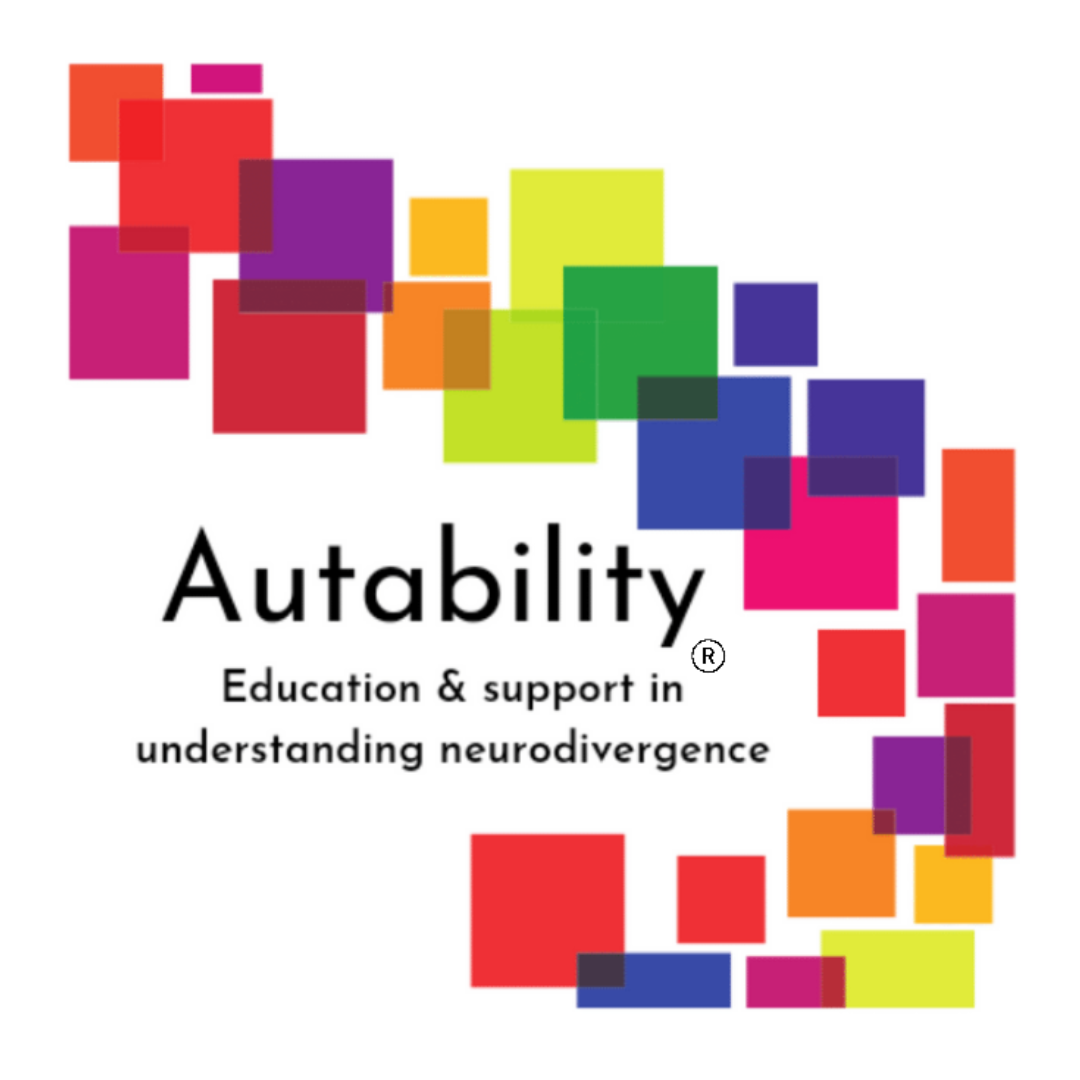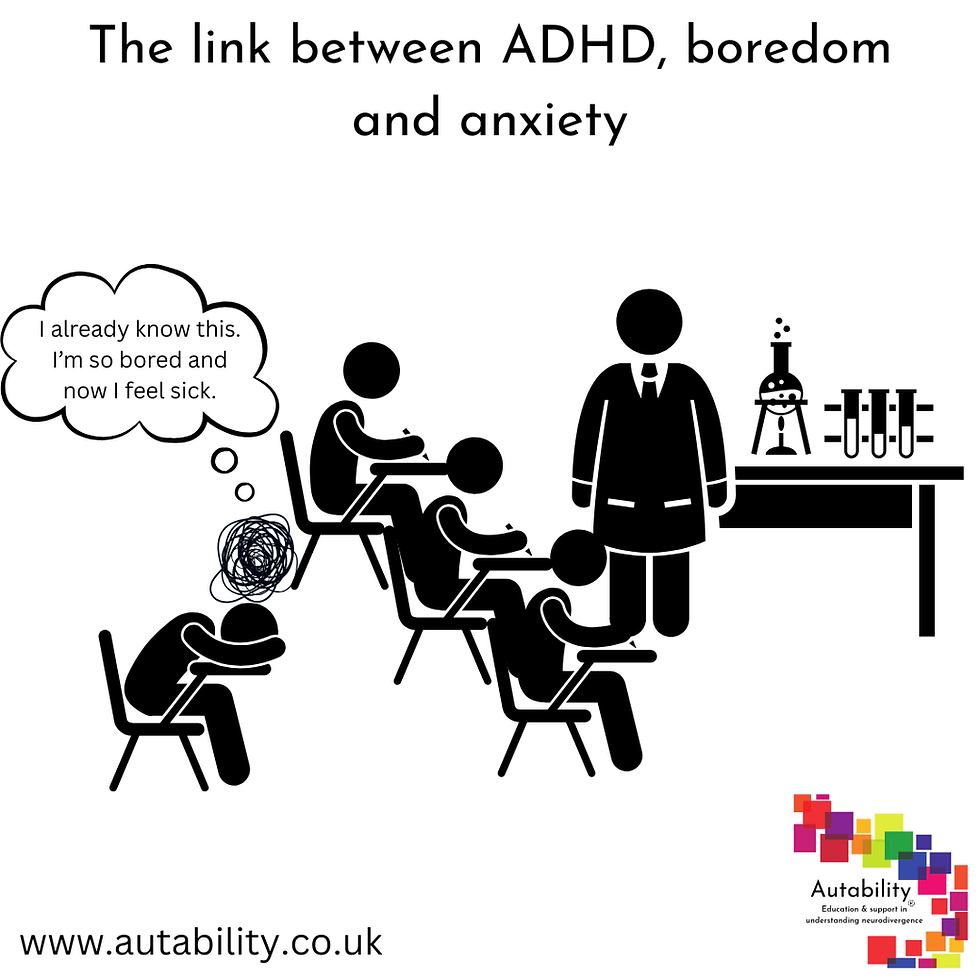ADHD Isn't Always Loud - Sometimes, It's Invisible
- Autability

- Oct 26
- 2 min read
When most people think of ADHD, they picture high energy, impulsivity, or visible restlessness in the classroom. But for many students, especially those with inattentive or combined-type ADHD, the struggle looks very different.
These students may appear quiet, hardworking, or even “model” pupils. They often go unnoticed because they spend so much energy trying to meet expectations, follow the rules, and avoid making mistakes. But behind the scenes, they’re masking enormous internal effort and anxiety.
While these students may not disrupt lessons or call attention to themselves, their ADHD is still very real. Their fast-paced thoughts, difficulties with focus, and fear of failure can create overwhelming anxiety that builds up throughout the school day—often only becoming visible at home, when they feel safe to release it. This can lead to meltdowns, emotional exhaustion, or even shutdowns, similar to the experience of sensory overload in autistic individuals.
What Hidden ADHD Can Look Like
•Arriving Extremely Early
Driven by a fear of being late or breaking a rule, some students will arrive far too early for lessons or school events.
•High Anxiety Levels
Many live with constant worry, especially about how they’re perceived by teachers or peers. ADHD and anxiety often go hand-in-hand.
•Struggling to Focus at School
They may work well at home but find it hard to concentrate in busy, noisy classrooms.
•Occasional Misbehaviour with Big Emotions
One small mistake or moment of disruption can trigger intense guilt or shame, even if the teacher barely noticed it.
•Volunteering for Extra Tasks
Some will put themselves forward for jobs or errands just to get permission to move around. It's a way of managing their internal energy without drawing attention.
•Appearing Like a “Model Student” While Falling Apart at Home
They might never miss homework, always say please and thank you, and never raise a hand in anger, but inside, they’re overwhelmed and exhausted from trying to keep up. These students are often missed in assessments and may not get the support they need, because from the outside, they look like they’re coping.
But just because a student isn’t disruptive doesn’t mean they aren’t struggling. ADHD presents in many different ways, and quieter presentations are just as valid and just as deserving of understanding and support.
Educators, parents, and carers can make a world of difference by:
•Looking beyond behaviour and noticing effort
•Creating safe spaces where students can be honest
•Being flexible with expectations when anxiety is high
•Supporting diagnosis and access arrangements when needed

.png)



Comments